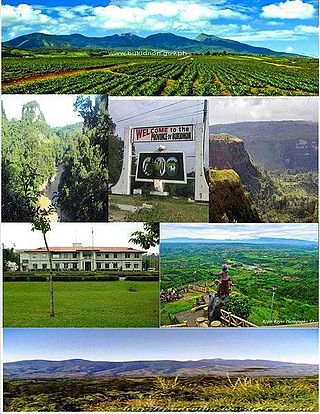
Bukidnon, officially the Province of Bukidnon, is a landlocked province in the Philippines located in the Northern Mindanao region. Its capital is the city of Malaybalay. The province borders, clockwise from the north, Misamis Oriental, Agusan del Sur, Davao del Norte, Cotabato, Lanao del Sur, and Lanao del Norte. According to the 2020 census, the province is inhabited by 1,541,308 residents. The province is composed of 2 component cities and 20 municipalities. It is the third largest province in the country in terms of total area of jurisdiction behind Palawan and Isabela respectively.
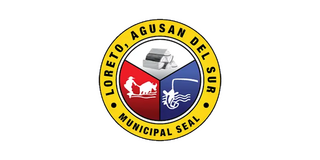
Loreto, officially the Municipality of Loreto, is a 1st class municipality in the province of Agusan del Sur, Philippines. According to the 2020 census, it has a population of 43,880 people. Loreto is the largest Municipality in terms of land area in Mindanao.
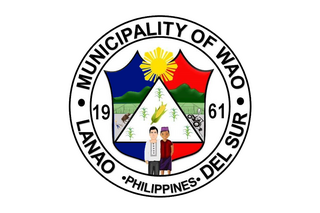
Wao officially the Municipality of Wao, is a 2nd class municipality in the province of Lanao del Sur, Philippines. According to the 2020 census, it has a population of 50,366 people.

Arakan, officially the Municipality of Arakan is a 1st class municipality in the province of Cotabato, Philippines. According to the 2020 census, it has a population of 50,558 people.
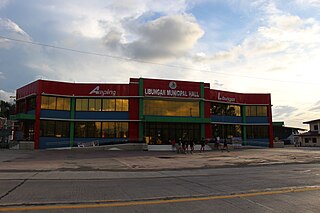
Libungan, officially the Municipality of Libungan, is a 2nd class municipality in the province of Cotabato, Philippines. According to the 2020 census, it has a population of 56,269 people.
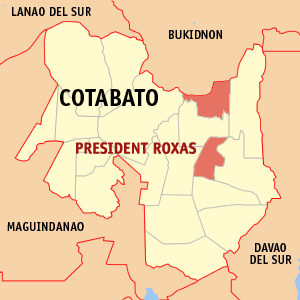
President Roxas, officially the Municipality of President Roxas, is a 1st class municipality in the province of Cotabato, Philippines. According to the 2020 census, it has a population of 52,512 people.

Damulog, officially the Municipality of Damulog, is a 4th class municipality in the province of Bukidnon, Philippines. According to the 2020 census, it has a population of 39,322 people.

Don Carlos, officially the Municipality of Don Carlos, is a 1st class municipality in the province of Bukidnon, Philippines. According to the 2020 census, it has a population of 69,273 people.

Impasugong, officially the Municipality of Impasugong, is a 1st class municipality in the province of Bukidnon, Philippines. According to the 2020 census, it has a population of 53,863 people.

Kadingilan, officially the Municipality of Kadingilan, is a 3rd class municipality in the province of Bukidnon, Philippines. According to the 2020 census, it has a population of 33,735 people.

Kibawe, officially the Municipality of Kibawe, is a 2nd class municipality in the province of Bukidnon, Philippines. According to the 2020 census, it has a population of 41,897 people.

Kitaotao, officially the Municipality of Kitaotao, is a 1st class municipality in the province of Bukidnon, Philippines. According to the 2020 census, it has a population of 53,796 people.
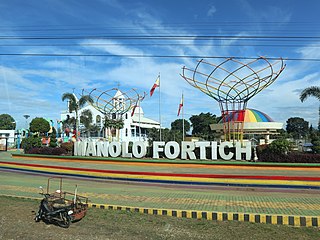
Manolo Fortich, officially the Municipality of Manolo Fortich, is a 1st class municipality in the province of Bukidnon, Philippines. According to the 2020 census, it has a population of 113,200 people.
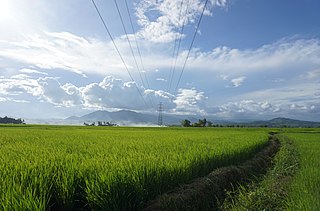
Maramag, officially the Municipality of Maramag, is a 1st class municipality in the province of Bukidnon, Philippines. According to the 2020 census, it has a population of 108,293 people.

Pangantucan, officially the Municipality of Pangantucan, is a 1st class municipality in the province of Bukidnon, Philippines. According to the 2020 census, it has a population of 56,580 people.

Quezon, officially the Municipality of Quezon, is a 1st class municipality in the province of Bukidnon, Philippines. According to the 2020 census, it has a population of 109,624 people.

San Fernando, officially the Municipality of San Fernando, is a 1st class municipality in the province of Bukidnon, Philippines. According to the 2020 census, it has a population of 63,045 people.

Talakag, officially the Municipality of Talakag, is a 1st class municipality in the province of Bukidnon, Philippines. According to the 2020 census, it has a population of 77,027 people.
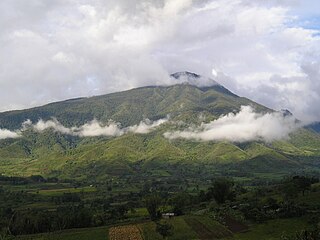
Claveria, officially the Municipality of Claveria, is a 1st class municipality in the province of Misamis Oriental, Philippines. According to the 2020 census, it has a population of 52,478 people.
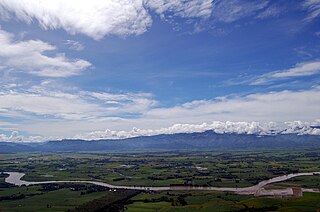
The Pulangi River ;, also spelled Pulangui, is one of the major tributaries of the Rio Grande de Mindanao, an extensive river system in Mindanao, Philippines. With a length of 320 kilometres (199 mi), it is the longest river in Bukidnon and the 5th longest river in the Philippines. It traverses through majority of the cities and municipalities of Bukidnon from its source in Barangay Kalabugao, Impasugong, Bukidnon.

























